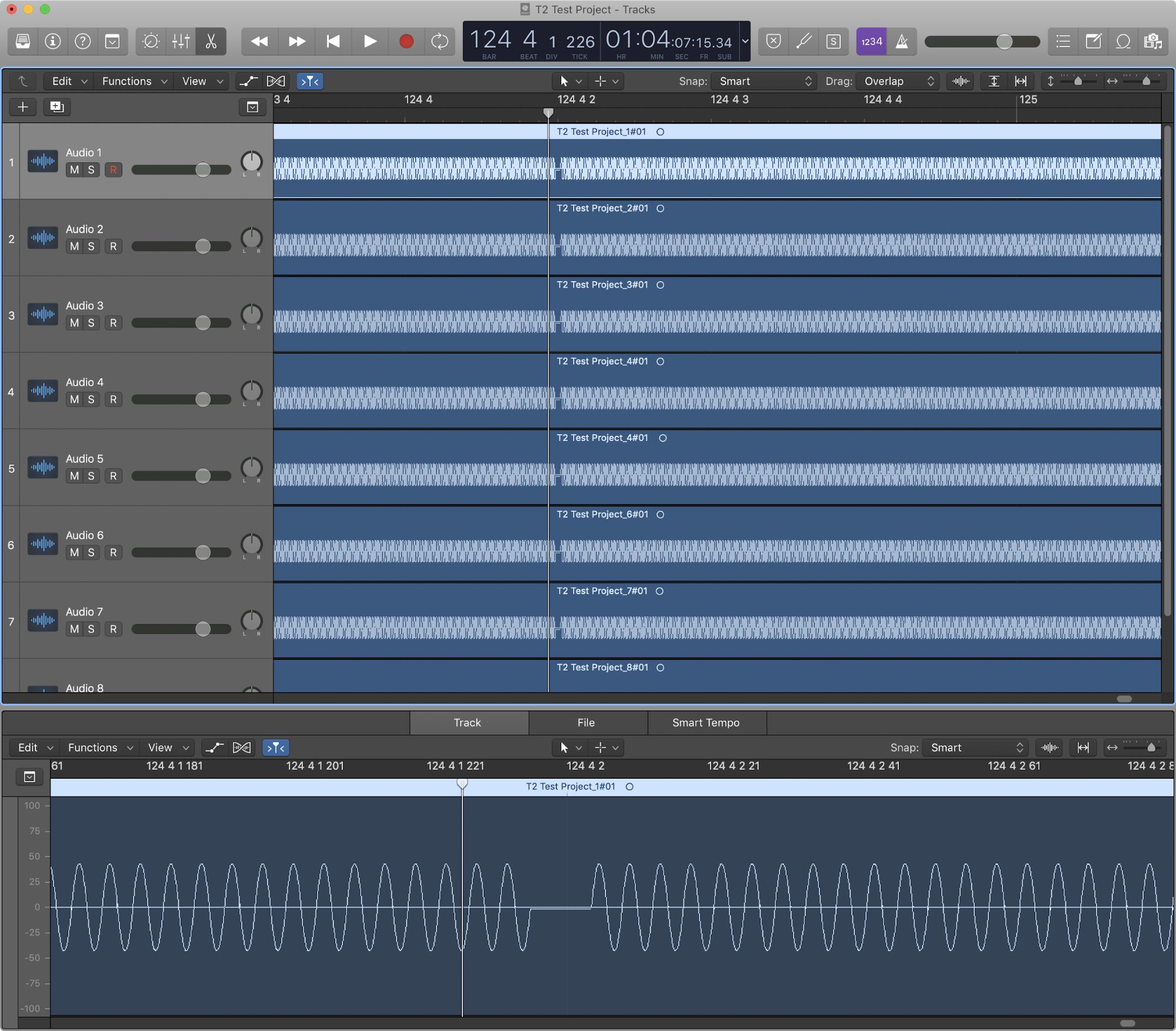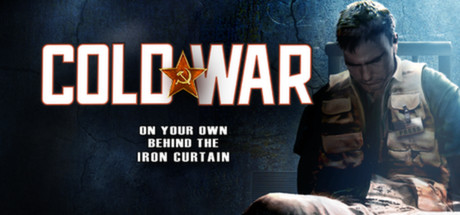Macs are the only computers that allow you to run Mac OS X Lion Server (or any OS X flavor) along with Windows and Linux. Virtual machines on non-Apple PCs can’t run Mac OS X. Apple doesn’t permit running Mac OS X on non-Apple hardware in its user license agreement, so the virtualization software makers don’t enable it. MAC'S VIRTUAL EXISTENCE. Online Learning Home Design/Media 10 Design/Media 20 Design/Media 30 Saving and the Network Drive. MEMOIRS OF SERVICE AFLOAT. A BRIEF HISTORICAL RETROSPECT. The disruption of the American Union by the war of 1861 was not an unforeseen event. Patrick Henry, and other patriots who struggled against the adoption of the Federal Constitution by the Southern States, foretold it in burning words of prophecy; and when that instrument was adopted, when the great name and great eloquence.
Macs are the only computers that allow you to run Mac OS X Lion Server (or any OS X flavor) along with Windows and Linux. Virtual machines on non-Apple PCs can’t run Mac OS X. Apple doesn’t permit running Mac OS X on non-Apple hardware in its user license agreement, so the virtualization software makers don’t enable it.

Imagine a Mac running two virtual machines — Lion Server and Windows 7. Both are running on a Mac OS X host. In each virtual machine window, you can control that operating system as you normally would run applications, configure settings, and access the Internet.

When the virtual machine is a server, users on the network access it as they would any other server. If multiple virtual machines run on a server Mac, the users see each as a separate server.
For the latest news, tips, and troubleshooting information about running virtual machines on Macs, visit MacWindows.
With virtualization, there’s a host operating system (OS) and one or more guest OSes. The host OS (for instance, Mac OS X or Mac OS X Server) boots the real computer. On a Mac, a guest OS can be Mac OS X, Windows, Linux, or Unix.
Each guest OS runs in a virtual machine, which is a kind of a virtual reality for the guest OS. The guest OS thinks it’s running on a real computer. Although real hardware’s behind the scenes, the guest OS doesn’t have direct control over the hard drive, graphics, and other hardware: These pieces of hardware are virtualized in the virtual machine.
For example, a virtual machine’s hard drive (the boot drive) is actually a file on the host Mac. This file can be dozens of gigabytes, containing the complete guest operating system and its applications, settings, and documents.
The virtual hard drive file is stored on the Mac’s real hard drive, but the guest OS doesn’t control the entire drive. The virtualization software creates the virtual machine and keeps the guest OS believing that it’s living in a real computer — kind of like The Matrix, but without Keanu Reeves.
Another type of virtualization software runs directly on “bare metal,” which means it doesn’t use a host OS. To picture it, remove the Mac OS X host and the Mac applications. Eliminating the host OS decreases the complexity and uses less RAM and processing power.
While Mac OS X Leopard was the focus of Apples Worldwide Developers Conference early in August, the event served as the backdrop for major moves in the platforms virtualization market. For a moment, three vendors were standing, but as the cheers of the Mac faithful at the keynote address faded, one took a dive.For ages the lone developer of Mac virtualization software, Microsoft unexpectedly announced that it would stop developing Virtual PC for Mac. This move coincided with VMwares entry into the Mac market and startup Parallel Software Internationals defense of its turf with an announcement of a major upgrade.
Virtualization giant VMware announced that by the end of the year, it would jump into the ring with a beta that would be able to run Windows Vista.

Parallels, a small company based in Herndon, Va., and less than a year old, announced that it would beat VMware to the punch and ship a Vista-ready, final release version of Parallels Desktop before VMware delivered its beta.

At WWDC, however VMware had the goods, previewing pre-beta VMware code running Windows Vista Beta and AutoCAD on a Mac Book Pro. The company said that the Linux and Windows versions of VMware formed the core of the Mac version.
'Vista 3D is something weve already done,' said Srinivas Krishnamurti, director of product management for Palo Alto, Calif.-based VMware. 'Weve been running Vista since April of 2005.'
The vendors both promised a capability that has been mostly missing with the older Virtual PC for Mac: full support for USB 2.0, a standard feature of Macs. VMware and Parallels promised support in future releases. However, VMware showed off Windows XP running a Web cam, something that has been nearly impossible in Virtual PC, which has always had spotty USB support.
'We test hundreds of USB devices. We have the framework in place to support these devices,' Krishnamurti said.
04.the Cold Warmr. Mac's Virtual Existence For A
For its part, Parallels choose WWDC to release a minor upgrade that improved support of USB devices now—including Web cams and Windows Mobile 5 devices—with a promise of full USB 2.0 later this year.
'Were trying to make USB really seamless,' said Parallels Marketing Manager Ben Rudolph.
For each of VMwares announced features, Parallels matched it with one of its own. For example, VMwares demo included support for symmetric multiprocessing, supporting both cores in the Core Duo processor. At the same time, Parallels new update lets users choose whether they want to enhance performance on Mac OS X or Windows by changing a setting of a hard drive cache.
Parallels and VMware look to be taking some different approaches to feature sets and thereby addressing different market segments.
Like Microsoft did with Virtual PC for Mac, Parallels is focusing on user-level features that revolve around integrating the Windows and Mac OS X environment. The first version lets Mac users select Windows applications from the Mac menu bar.
The Parallels update supports full mapping of the Mac keyboard and allows the Mac CD Eject key to work from within Windows.
Meanwhile, VMware offers a different model for using virtualization. VMwares focus has been to deliver virtual machines preinstalled with software suites for testing or for easy deployment by IS departments. VMware aims to bring this concept to Mac users.
'At our VMTN [VMware Technology Network] Web site, Mac users will have access to the 250 virtual appliances with preinstalled Windows applications packaged as virtual machines,' said Krishnamurti.
However, VMwares user model appears to break down on the Mac. On Windows, the virtual machines are running native, bread-and-butter Windows applications that users run every day.
But its difficult to see how this model can work for the Mac since VMware cant run Mac OS X in a virtual machine. Mac users wont be able to load pre-installed Mac OS X virtual machines with preinstalled applications.
Krishnamurti would not comment on whether a future version would support Mac OS X as a guest operating system on Intel-based Macs. VMware would also not comment on whether the issue was technical or a prohibition from Apple. The Mac OS X license does not permit running the operating system on non-Apple hardware.